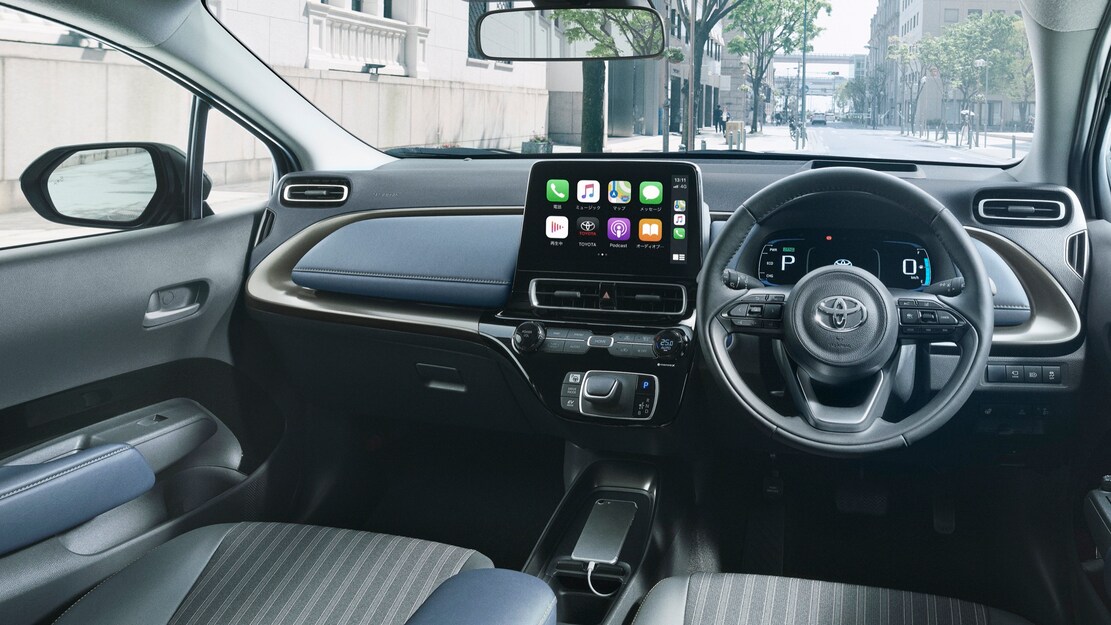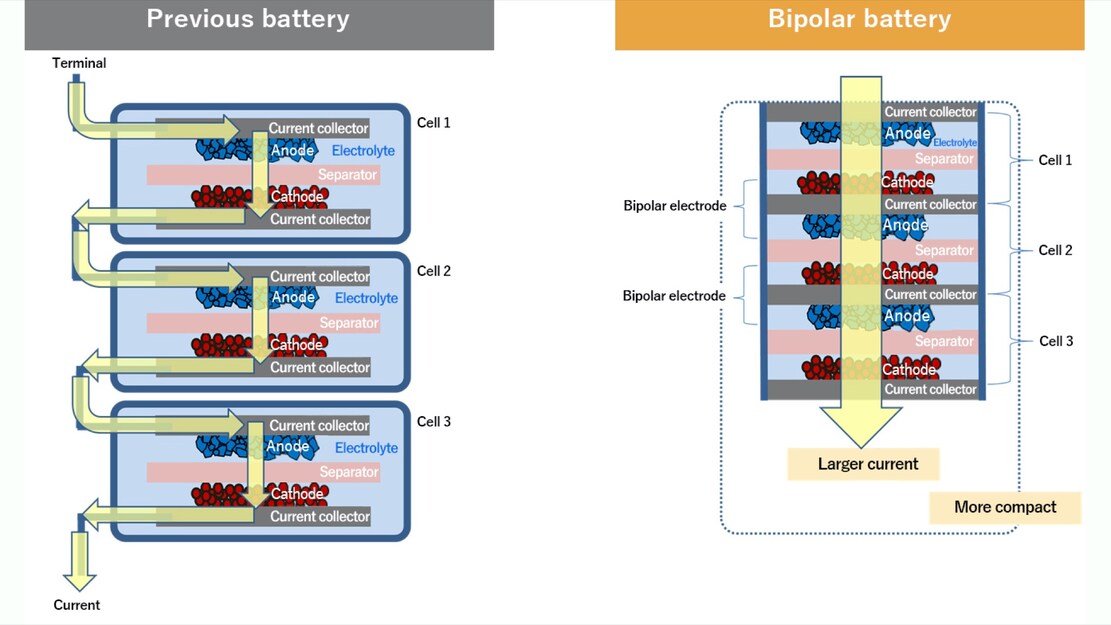This is the Toyota Aqua, or what the Prius C could have been

Although the Toyota Prius C is no longer sold with us, it continues to sell well elsewhere in the world. In his country of origin, Japan, Toyota has just unveiled the next version of the model called Aqua. The takeaway from this cute city dweller is that she offers a whole new system hybrid that enables technology to take giant leaps in energy efficiency.
If the Prius C (or the Aqua) has very little chance of returning to our market, its mechanics could end up under the hood of several vehicles of the manufacturer, including the next Corolla Cross, this subcompact SUV based on the Corolla and scheduled for commercialization this fall.
Under the hood of the Aqua hides a 1.5-liter 4-cylinder combustion engine paired with a hybrid system that improves fuel consumption and reduces GHG emissions. Like most hybrid vehicles, a very small nickel-metal battery temporarily stores energy to run electric motors / generators.
 This is where the Aqua evolves: in its battery, it incorporates a new system of bipolar electrodes. In other words, instead of the battery cells being separated, this technology allows the cells to be stacked on top of each other as a single block. This way of doing things allows Toyota to integrate 1.4 times more cells in the battery, which allows it to produce 1.5 times more energy, without being more bulky.
This is where the Aqua evolves: in its battery, it incorporates a new system of bipolar electrodes. In other words, instead of the battery cells being separated, this technology allows the cells to be stacked on top of each other as a single block. This way of doing things allows Toyota to integrate 1.4 times more cells in the battery, which allows it to produce 1.5 times more energy, without being more bulky.
 Remember that Toyota and other automakers will prioritize the nickel-metal battery for hybrid vehicles because of significantly lower acquisition costs than a lithium-ion battery as found in current electric vehicles. As for Toyota’s new bipolar electrode technology, it will allow its future hybrid vehicles to consume even less fuel and pollute, without necessarily costing more.
Remember that Toyota and other automakers will prioritize the nickel-metal battery for hybrid vehicles because of significantly lower acquisition costs than a lithium-ion battery as found in current electric vehicles. As for Toyota’s new bipolar electrode technology, it will allow its future hybrid vehicles to consume even less fuel and pollute, without necessarily costing more.












